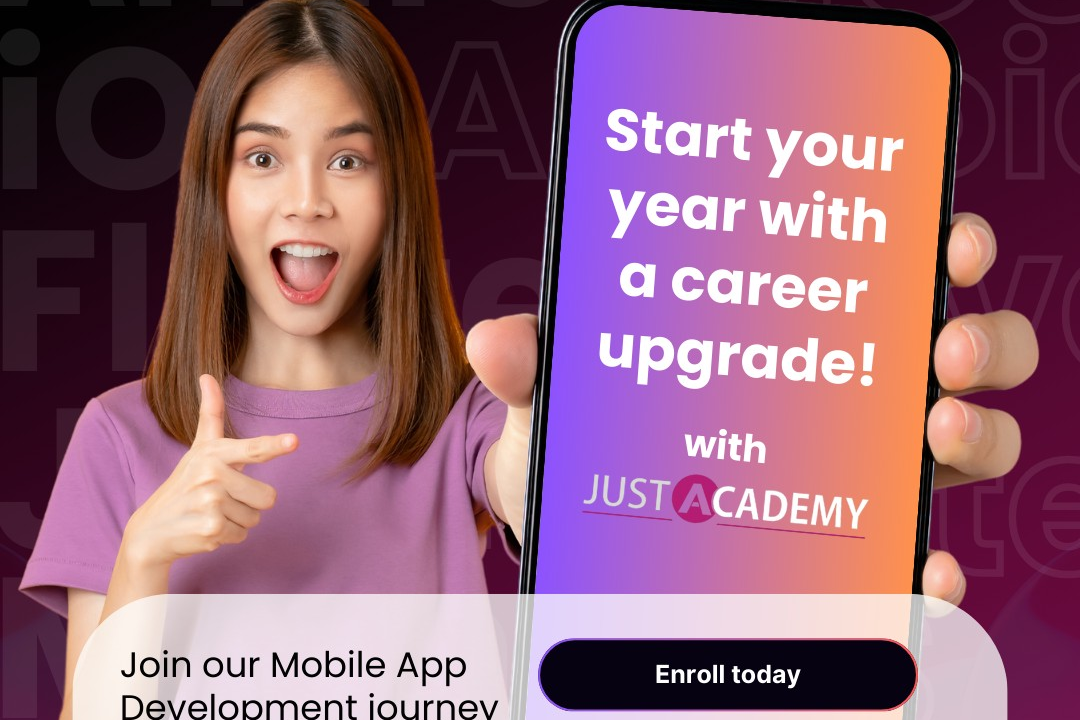Usability Testing For IOS Applications
Optimizing User Experience: Usability Testing for iOS Apps
Usability Testing For IOS Applications
Usability testing for iOS applications involves evaluating the app’s user interface and overall user experience to ensure it meets the needs and expectations of its intended audience. This process typically includes recruiting representative users to perform specific tasks while observers watch, record, and analyze their interactions. Goals include identifying usability issues, understanding user behavior, and assessing the app's intuitiveness, functionality, and visual design. Feedback gathered from these sessions helps developers refine the app, ensuring it is user-friendly, accessible, and engaging, ultimately leading to higher satisfaction and retention rates among users. Various methods, such as remote testing, A/B testing, and heuristic evaluations, may be employed to facilitate comprehensive insights into usability.
To Download Our Brochure: https://www.justacademy.co/download-brochure-for-free
Message us for more information: +91 9987184296
1 - Definition of Usability Testing: Usability testing evaluates how easy and user friendly an application is. It involves real users performing tasks on the application to identify any usability issues.
2) Purpose of Usability Testing: The main goal is to enhance user satisfaction by improving the ease of use, accessibility, and overall experience of the application.
3) User Centric Approach: Usability testing focuses on real users' needs and experiences, ensuring that the application meets the expectations of its target audience.
4) Types of Usability Tests: These can be categorized into formative (testing during development) and summative (testing at the end of development) usability tests, each serving different purposes.
5) Test Planning: Before testing, it is crucial to create a test plan that outlines objectives, target users, tasks to be performed, and metrics for success.
6) Recruiting Participants: Select participants who represent the target user demographic. This ensures the findings are relevant and actionable.
7) Task Scenarios: Develop realistic scenarios that users might encounter while using the app. These tasks should help uncover potential usability issues.
8) Moderated vs. Unmoderated Tests: Moderated tests involve a facilitator guiding users through tasks, while unmoderated tests allow users to complete tasks independently, often using digital tools.
9) Think Aloud Protocol: Encourage users to verbalize their thoughts as they navigate the app. This provides insight into their thought process and pain points.
10) Data Collection Methods: Utilize various methods such as observation, interviews, surveys, and eye tracking to gather qualitative and quantitative data during testing.
11) Measuring Usability Metrics: Common metrics include task success rate, error rate, time on task, and user satisfaction ratings, which help quantify user experience.
12) Analysis and Reporting: After testing, analyze the data to identify common issues and patterns. Create a report summarizing findings and recommending improvements.
13) Iterative Testing: Usability testing should be an iterative process, with multiple rounds of testing throughout the development cycle to continuously refine the application.
14) Accessibility Considerations: Ensuring that the application is accessible to all users, including those with disabilities, is a critical aspect of usability testing.
15) Integration with the Design Process: Usability testing should be integrated into the app development lifecycle to ensure that user feedback informs design and development decisions from the outset.
16) Tools for Usability Testing: Familiarize students with various tools available for conducting usability tests, such as usability testing software, screen recording tools, and analytics platforms.
17) Real World Case Studies: Analyze successful (and unsuccessful) iOS applications from a usability perspective to illustrate the importance of effective usability testing.
18) Regulatory Standards: Discuss relevant guidelines and regulations, such as Apple’s Human Interface Guidelines, which provide best practices for creating user friendly iOS applications.
19) Practical Application: Encourage hands on practice by having students conduct usability tests on existing iOS applications, helping them apply theoretical knowledge in real scenarios.
20) Feedback and Iteration: Emphasize the importance of user feedback after implementing changes, and advocate for a culture of continuous improvement in usability design.
This outline provides a structured approach to educating students on usability testing for iOS applications, offering them valuable insights andlls they can apply in their future careers in software development and user experience design.
Browse our course links : https://www.justacademy.co/all-courses
To Join our FREE DEMO Session: Click Here
Contact Us for more info:











